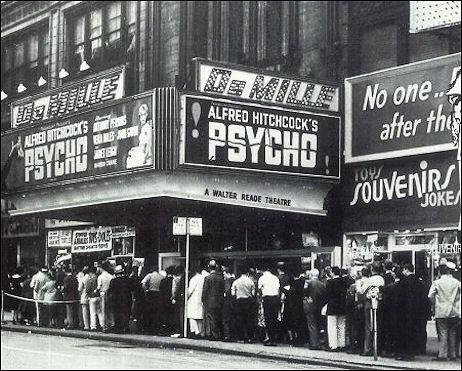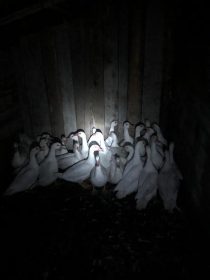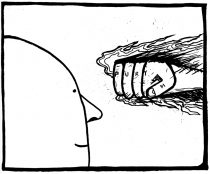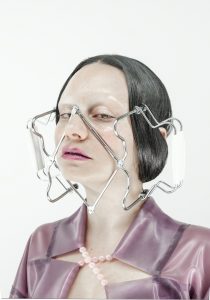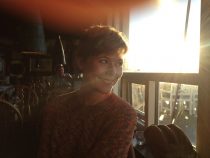Arhitectura suspansului
|
Archdaily ne-a semnalat alaltăieri retipărirea volumului The Wrong House: The Architecture of Alfred Hitchcock, în care Steven Jacobs analizează rolul arhitecturii în filmografia lui Hitch şi modul în care Hitch s-a folosit de tertipurile arhitectonice în a-şi crea semnătura. Una peste alta, în timp ce prin împrejurimile noastre se stătea la coadă pentru de-ale gurii, în Statele Unite se stătea la coada suspansului H. Samuel Medina a făcut deja un profil al cărţii lui Jacobs în Metropolis Magazine, rezumând de fapt ce se întâmplă şi ce nu ajunge să se întâmple în filmele lui Hitchcock. În ele, evenimentele care au dat naştere punctului A sunt trecute cu vederea. Eşti făcut să uiţi repede cum A ajunge la punctul B. În opinia lui Godard, cinema-ul hitchcockian nu are de-a face nici în clin, nici în mânecă cu povestea, ci cu imaginea: o mână îndreptată spre uşă, o cădere simulată pe scări, o retragere a camerei de pe faţa unei decedate. Psycho première in New York, 1960 Pe scurt: ~ The young Hitchcock worked as a set designer in the 1920s in Weimar Germany. “German cinema was more architectural, more painstakingly designed, more concerned with atmosphere,” Jacobs writes, quoting the Hitchcock biographer Patrick McGilligan. ~ Hitchcock was very much given over to a different strain of German filmmaking, the Kammerspielfilm. Where expressionism employed highly stylized sets at the service of an exaggerated plot, the Kammerspielfilm, or “chamber drama,” cast a meticulous eye on the “life of individuals in everyday claustrophobic environments.” ~ In a Hitchcock film, a door handle or a set of keys can be reimagined as one of the many “fetish objects” that precipitate a moment of suspense or psychological fracture. ~ Citing Slavoj Žižek, Jacobs points to the “schizoid architecture” found on the Bates’s property and how the buildings are spatially related to each other. The imposing, but crumbling house on the hill is juxtaposed against the rectilinear geometry of the motel strip. Norman’s frail mental state is a direct result of “his inability to locate himself between the anonymous modernist box of the motel and his mother’s Gothic house.” ————- The Wrong House: The Architecture of Alfred Hitchcock poate fi comandată de aici. The plan of the Bates compound. The hunched over, Gothic house contrasts with the modern, L-shaped order of the motel. Image Courtesy of nai010 publishers The Wrong House: The Architecture of Alfred Hitchcock investigates how the master filmmaker used art direction, set design, and architectural elements in his films. Image Courtesy of nai010 publishers Stairs, stairs, stairs. Hitchcock made great use of domestic architectural objects like stairs, windows, and dining tables. Image Courtesy of nai010 publishers The floorplans of the Bates house. Note how small Norman’s room is compared with his mother’s. Image Courtesy of nai010 publishers Comentarii |
